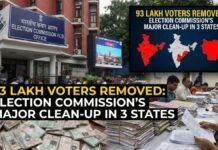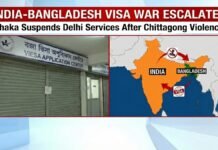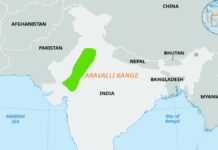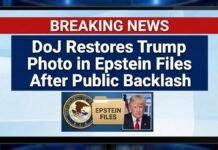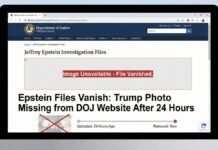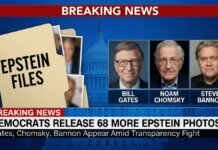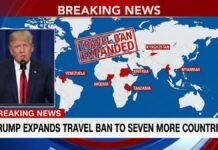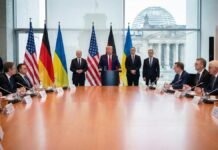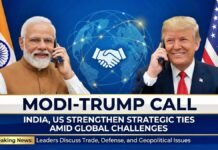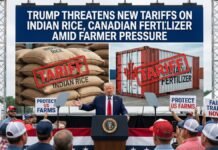
Key Points:
- The Offer: Russian President Vladimir Putin has proposed a temporary, one-year extension of nuclear arms limits after the New START treaty expires on February 5, 2026.
- The Condition: This is a unilateral commitment from Russia to adhere to the treaty’s warhead caps until February 2027, but only if the United States reciprocates and does not take steps to upset the nuclear balance.
- The Treaty: The New START treaty, signed in 2010 and extended in 2021, is the last remaining nuclear arms control agreement between the US and Russia. It limits each country to 1,550 deployed strategic nuclear warheads and 700 deployed missiles and bombers.
- The Context: The proposal comes amid high tensions over the war in Ukraine and pressure on Putin from US President Donald Trump to reach an agreement to end the conflict. Russia suspended its participation in the treaty’s inspection protocols in February 2023 but continued to abide by the numerical limits.
- Future Uncertainty: The treaty cannot be formally extended again. Without a new agreement, both nuclear superpowers will be unconstrained by any arms control limits for the first time in over 50 years.
Moscow: With the world’s last major nuclear arms control pact nearing its end, Russian President Vladimir Putin made a significant offer to US President Donald Trump on Monday, proposing a temporary, one-year extension of the status quo to prevent a new arms race. Speaking at a meeting of Russia’s Security Council, Putin announced that Moscow is prepared to voluntarily adhere to the central warhead limits of the New START treaty for one year after its expiration on February 5, 2026.
This unilateral commitment, however, comes with a crucial condition: the United States must do the same. “We believe that this measure will only be viable if the United States acts in a similar manner and does not take steps that undermine or violate the existing balance of deterrence capabilities,” Putin stated. There has been no immediate response from Washington.
Navigating a Post-Treaty World
The New START treaty, signed in 2010 by then-presidents Barack Obama and Dmitry Medvedev, caps the number of deployed strategic nuclear warheads at 1,550 for each country. The treaty was extended for five years in 2021 but cannot be formally extended again. Without a replacement agreement, February 5, 2026, will mark the first time in over five decades that the world’s two largest nuclear arsenals are not bound by any mutual limits.
Putin’s offer represents a shift in Moscow’s position. He presented the proposal as a move to spur dialogue on a successor treaty and promote global non-proliferation, even as US-Russia relations remain at a post-Cold War low due to the conflict in Ukraine. In February 2023, Putin suspended Russia’s participation in the treaty’s on-site inspection provisions, citing US support for Ukraine, though Moscow continued to respect the numerical caps.
High-Stakes Diplomacy Amid Global Tensions
The offer comes as Putin faces pressure from President Trump to negotiate an end to the war in Ukraine. A potential deal on arms control could be seen as a diplomatic pathway to broader security discussions.
However, significant hurdles remain. The Trump administration has previously expressed a desire for a new treaty that includes China, an idea Beijing has consistently rejected. Furthermore, Putin warned that Russia would closely monitor US missile defense programs and any plans to deploy interceptors in space, stating that such “destabilizing actions” could nullify Russia’s voluntary commitment.
After the one-year period, Putin said Russia would “evaluate the situation and determine whether to uphold these self-imposed constraints,” leaving the long-term future of nuclear arms control highly uncertain.

